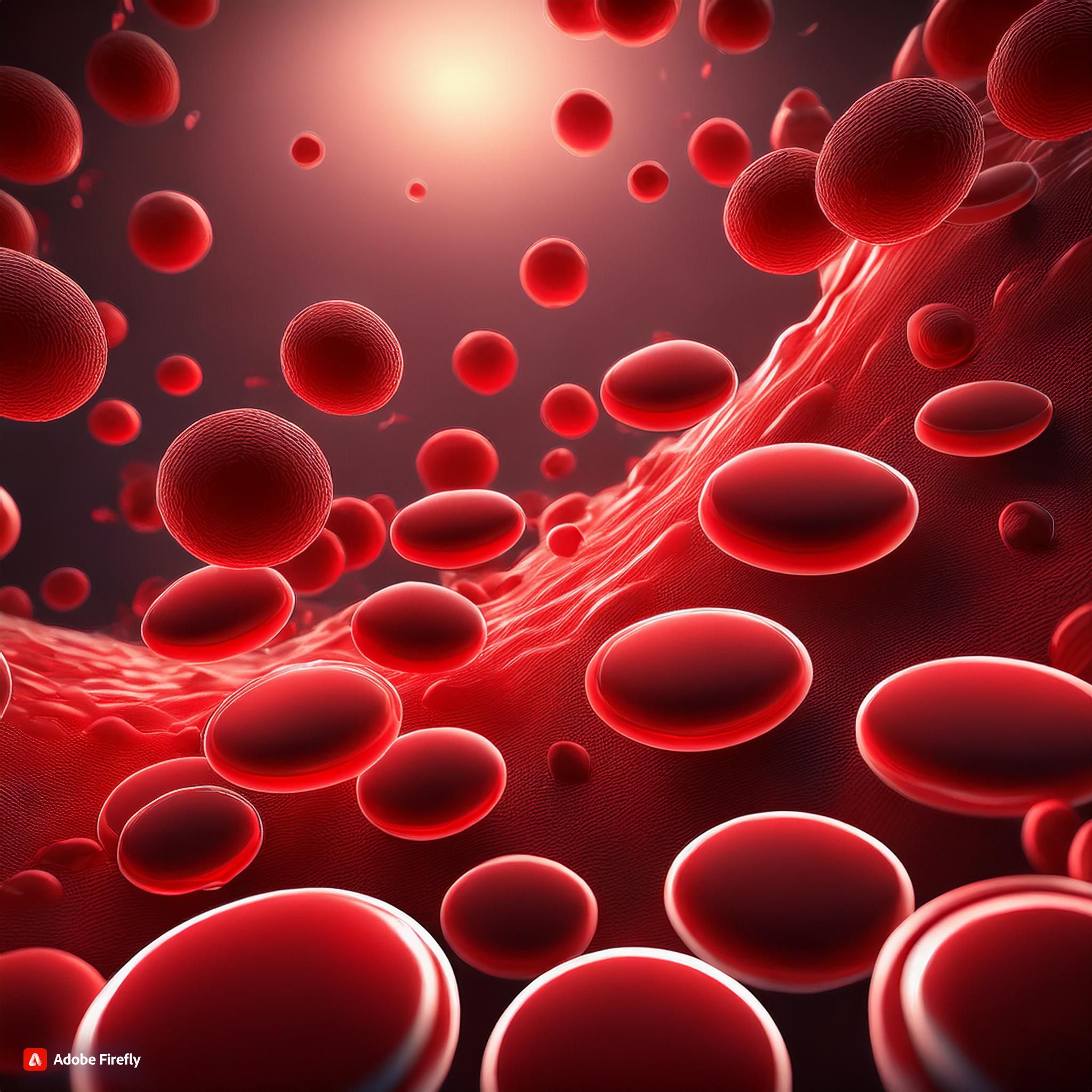Article
FDA Approves Darzalex for Pretreated Multiple Myeloma
Author(s):
The approval was based on data from two open-label clinical trials.
Acting four months ahead of schedule, the FDA has approved the CD38-targeted monoclonal antibody Darzalex (daratumumab) as a monotherapy for patients with multiple myeloma following at least three prior therapies, based on data from two open-label clinical trials.
In the phase 2 MMY2002 study, Darzalex demonstrated a 65 percent one-year overall survival (OS) rate and a 29.2 percent objective response rate (ORR). In the phase 1/2 GEN501 study, the ORR was 36 percent, median progression-free survival (PFS) was 5.6 months, and the one-year OS rate was 77 percent.
“Targeting proteins that are found on the surface of cancer cells has led to the development of important oncology treatments,” Richard Pazdur, director of the Office of Hematology and Oncology Products in FDA’s Center for Drug Evaluation and Research, said in a statement. “Darzalex provides another treatment option for patients with multiple myeloma who have become resistant to other therapies.”
The FDA's decision makes Darzalex the first monoclonal antibody to gain approval for patients with multiple myeloma. The approval follows a breakthrough therapy designation and a priority review. An approval based on a surrogate endpoint, such as ORR, is allowed under these accelerated programs.
In MMY2002 study,1 the first 34 patients enrolled received Darzalex at 16 mg/kg (16 patients) or 8 mg/kg (18 patients). After a response evaluation, the 16 mg/kg dose was selected for future study, with an additional 90 patients enrolled at this dose. Data from the 106 patients who received the 16 mg/kg dose were used to support the approval.
Patients in the trial had received a median of five prior therapies over a median of 4.8 years following diagnosis. Ninety-six percent of patients were refractory to their last treatment, including proteasome inhibitors and immunomodulatory agents (IMiD).
Responses to Darzalex consisted of stringent complete responses (sCR; three patients; 2.8 percent), very good partial responses (VGPR; 10 patients; 9.4 percent), and partial responses (PR; 18 patients; 17 percent). The median duration of response was 7.4 months. After a median follow-up of 9.4 months, 45.2 percent of patients remained on therapy. The median progression-free survival (PFS) was 3.7 months.
Infusion-related reactions (IRR) predominately occurred during the first infusion and were mostly grade 1/2 (all-grade 42.5 percent). Grade 3 IRRs were seen in 4.7 percent of patients; however, no grade 4 events were experienced. No patients discontinued Darzalex as a result of an IRR.
The most common all-grade adverse events (AEs) were fatigue (39.6 percent), anemia (33 percent), nausea (29.2 percent), thrombocytopenia (25.5 percent), back pain (22.6 percent), neutropenia (22.6 percent) and cough (20.8 percent). Overall, 4.7 percent of patients discontinued treatment due to AEs that were not deemed to be associated with Darzalex.
The GEN501 study contained two parts.2 In the first, 32 patients were treated with Darzalex at various doses, in order to find a recommended dose and schedule. In the second phase of the trial, 72 patients received Darzalex at either 8 mg/kg (30 patients) or 16 mg/kg (42 patients). In each group, patients had received a median of four prior therapies.
The median follow-up was 16.9 months in the 8-mg/kg group and 10.2 months in the 16 mg/kg arm. Patients who received Darzalex at 16 mg/kg experienced an ORR of 36 percent, which included two CRs and two VGPRs. Data from the 16 mg/kg arm were analyzed by the FDA for the approval.
ORR was higher in less heavily pretreated patients, at 56 percent for those who received two or three prior lines of therapy compared with 23 percent in a more heavily pretreated population. The estimated median duration of response in the 8-mg/kg arm was 6.9 months. In the 16-mg/kg arm, a median duration of response was not yet reached, with a one-year PFS rate of 65 percent.
In this trial, the most frequently occurring all-grade AEs with Darzalex were fatigue, allergic rhinitis and pyrexia. Grade 3/4 AEs occurred in 26 percent of patients in the 16-mg/kg arm of the study and in 53 percent of those treated with the 8 mg/kg dose. Serious AEs occurred in 40 percent and 33 percent of patients in the 8 and 16 mg/kg arms, respectively. IRRs occurred in 71 percent of patients.
The FDA recommended dose and schedule for daratumumab is 16 mg/kg weekly for eight weeks followed by every two weeks for 16 weeks and then once every four weeks until disease progression. Additionally, the agency noted that Darzalex interferes with blood bank crossmatching, specifically with indirect antiglobulin tests, warranting extra consideration when pursuing a blood transfusion.
"This is an important day for patients in the United States with double refractory multiple myeloma, who will now have Darzalex as a new treatment option for this incurable disease," Jan van de Winkel, chief executive officer of Genmab, which is developing Darzalex with Janssen, said in a statement. "The successful approval of Darzalex is the culmination of many years of hard work, perseverance and collaboration on the part of clinical study investigators, Genmab employees and our colleagues at Janssen."
Darzalex is a fully human monoclonal antibody that binds to glycoprotein CD38. Once bound, the antibody interacts with natural killer cells by mimicking the normal interaction between CD38 and CD31. This interaction elicits antibody-dependent cellular cytotoxicity and complement-dependent cytotoxicity resulting in antitumor activity.
A full indication for Darzalex is contingent on confirmatory studies, which are ongoing. The indication for Darzalex is specifically for patients following progression on a proteasome inhibitor and an IMiD or for those who are double refractory to a proteasome inhibitor and IMiD.
In addition to single-agent activity, Darzalex is also being explored in a number of combination studies. At this time, several phase 3 clinical trials are looking at the antibody in various treatment settings.
References
- Lonial S, Weiss BM, Usmani SZ, et al. Phase II study of daratumumab (DARA) monotherapy in patients with ≥ 3 lines of prior therapy or double refractory multiple myeloma (MM): 54767414MMY2002 (Sirius). J Clin Oncol. 2015;33 (suppl; abstr LBA8512).
- Lokhorst HM, Plesner T, Laubach JP, et al. Targeting CD38 with Daratumumab Monotherapy in Multiple Myeloma [published online August 26, 2015]. N Engl J Med. doi: 10.1056/NEJMoa1506348




